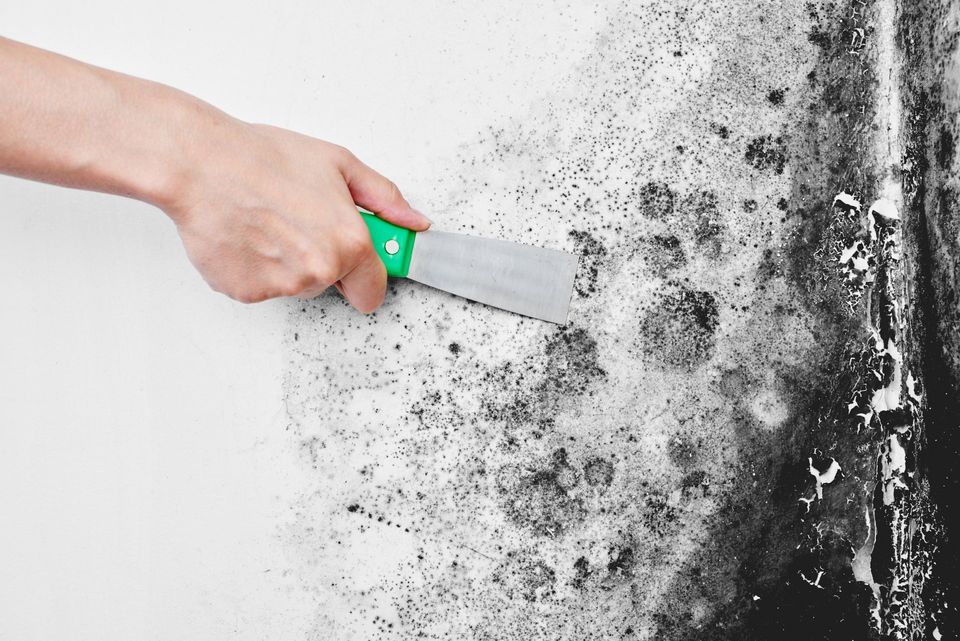Learning the Environment That Mold Grows and Thrives In
Mold and mildew season is coming closer, prompting homeowners to look to mold remediation in order to protect their houses from the extra expenses of getting rid of the fungus. It can be pretty hard to do, considering the spring season just brings about the best environment for mold growth.
One step towards mold remediation and prevention is being aware of the elements that make up an ideal habitat for mold. Knowing these variables can help you take different actions in eliminating them, keeping your walls and corners mold-free.
Here's what mold needs in an environment to grow:

A Warm Environment
One crucial factor to consider for an ideal environment for mold is the temperature. Mold can grow in any place that isn’t above the freezing point usually, and its spread is fast-tracked the warmer an environment is. You would think mold wouldn’t be a problem during winter, but that isn’t the case.
Homes usually have the heater and insulation system in motion in order to keep the occupants warm. However, this warmth is also extended for potential mold as an opportunity to grow and spread in certain parts of the house. Not the most ideal imagery, but it does give homeowners the objective of finding a balance and keeping the home clean.
Damp and Moist Areas
In conjunction with heat, mold also loves any area with moisture. Condensation and moisture buildup are usually thanks to the warmth of an environment. Humidity and dampness can be quite hard to get rid of when you’re trying to prevent mold from growing in your place.
However, it isn’t just the temperature of a room that can cause areas to become damp and moist. When a home is flooded, or water is leaking out from another part of the house, that can also bring opportunities for moisture. It’s essential to dry out those areas when they get wet and invest in a dehumidifier for specific areas of the home.
Organic Objects
Homeowners may notice a common theme among where mold usually grows. It doesn’t attach itself to glass or metal. Instead, mold latches onto the wood and fabric next to it. It can be an unseemly sight, but the location is just perfect for it.
Mold loves organic materials because of the dead cells they provide on their surfaces. These cells are common in biodegradable objects, which is why it’s much more common for mold to be observed on food, books, hardwood, and more.
Oxygenated Spaces
One variable that will be impossible to control in a mold-friendly environment is the amount of oxygen in the air. Mold is considered a living organism, which means it needs oxygen just like any other human or animal.
You can’t really compromise your own breathing air just to get rid of the mold or prevent it from growing. Mold remediation specialists can help you find other alternative solutions should there be any fungus growing in your home.
Conclusion
Take control of your property now by making sure it isn’t an environment fit for mold. Keep an ideal temperature and waterproof areas that are susceptible to any sudden leaks. If you find mold growing in your home, be sure to call up the experts for mold removal and remediation.
Advanced Basement Waterproofing can provide
mold removal and
mold remediation services in Western Massachusetts and Northern Connecticut. Get in touch with us today!
Contact us at (413) 536-8023 or submit a mold removal online quote request


